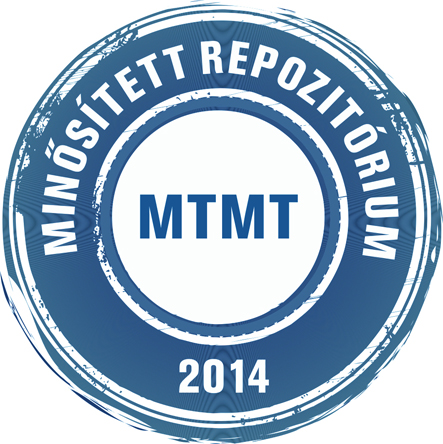Győri Zoltán: Evaluation of the mineral content of winter wheat in light of/as a result of the new studies. In: Élelmiszervizsgálati közlemények, (63) 2. pp. 1530-1534. (2017)
|
Cikk, tanulmány, mű
elelmiszervizsgalati_kozlemenyek_2017_02_1530-1534.pdf Letöltés (73kB) |
Absztrakt (kivonat)
Today, more and more emphasis is placed by food and nutrition research and practice on the chemical composition of winter wheat, which is considered a staple food, both in terms of organic and inorganic macro- and micro components. This attention is the result of several factors, of which should be highlighted the expansion of the possibilities in instrumental analysis (HPLC, HPLC-MS, ICP-OES, ICP-MS), as well as the often changing factors closely related to cultivation technology (varieties, hybrid, plant protection, fertilization, frequency of weather extremes). As a result, over the past two decades, researchers have been focusing more and more on the question whether the chemical, as well as the feedstock and nutritional physiology quality of crops, including wheat, changed because of intensive agrotechnics and the genetic capabilities of the new varieties. My intention was to provide satisfying answers, based on the analytical data of the large number of samples coming from different experiments (long-term experiments), to the questions that had been raised, one of the most important of which is the question how the mineral content of winter wheat, a staple food, had changed over the last hundred years. To this end, I used samples that had been archived at different locations of Hungary and analyzed using state-of-the-art measurement methods. Mineral content is the quality indicator that can be used reliably to estimate and interpret long-term effects (fertilization, plant protection, SO2 emission, atmospheric nuclear explosions, accompanying elements of fertilizers, climate change, switching varieties), because it changes very little in archived samples. Phosphorus, potassium, calcium, magnesium, iron, manganese, zinc, copper and strontium were included in the analyses. The results obtained can help researchers and practical experts of nutritional science interested in the topic to form a realistic picture about the effect of environmental factors and agrotechnics on the composition of cereals.
| Mű típusa: | Cikk, tanulmány, mű |
|---|---|
| Egyéb cím: | Az őszi búza ásványianyagtartalmának értékelése az új vizsgálatok tükrében / eredményeként |
| Rovatcím: | Tudomány = Science |
| Befoglaló folyóirat/kiadvány címe: | Élelmiszervizsgálati közlemények |
| Dátum: | 2017 |
| Kötet: | 63 |
| Szám: | 2 |
| ISSN: | 0422-9576 |
| Oldalak: | pp. 1530-1534 |
| Nyelv: | angol |
| Kiadó: | WESSLING Nemzetközi Kutató és Oktató Központ Közhasznú Nonprofit Kft. |
| Kiadás helye: | Budapest |
| Befoglaló mű URL: | https://acta.bibl.u-szeged.hu/79001/ |
| Kulcsszavak: | Növénybiológia, Növénykémia, Őszi búza - ásványi anyag |
| Megjegyzések: | Bibliogr.: p. 1533-1534. ; összefoglalás angol nyelven |
| Szakterület: | 02. Műszaki és technológiai tudományok 02. Műszaki és technológiai tudományok > 02.10. Egyéb műszaki tudományok és technológiák 02. Műszaki és technológiai tudományok > 02.10. Egyéb műszaki tudományok és technológiák > 02.10.02. Élelmiszer és italfélék |
| Feltöltés dátuma: | 2023. júl. 07. 10:10 |
| Utolsó módosítás: | 2023. aug. 26. 08:17 |
| URI: | http://acta.bibl.u-szeged.hu/id/eprint/79149 |
 |
Tétel nézet |



